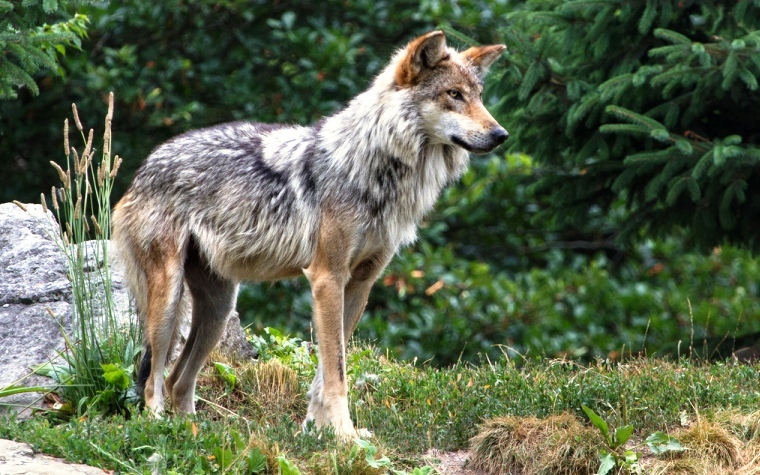A pair of collaborators from Boise State University and the Norwegian Institute for Nature Research (NINA) recently published their findings on co-adaptation of humans and large carnivores in the journal Trends in Ecology and Evolution.
Neil Carter, assistant professor at the Human-Environment
Systems Research Center in the College of Innovation and Design at Boise State
University, and John Linnell, a senior research scientist at the Norwegian
Institute for Nature Research, titled their work “Co-adaptation is key to coexisting
with large carnivores.”
The project examines how to improve human-carnivore
co-existence from the point of view of maintaining carnivore conservation.
Starting with the premise that large carnivores require more space than their
current protected habitats allow, Carter and Linnell posited that mutual adaptation
is key.
The duo examined factors influencing cohabitation,
such as risks of livestock or property damage, contrasted with flexibility and “tolerance
levels.” Societal views of large animals such as tigers, wolves and bears have
grown increasingly sympathetic over time, but work still needs to be done to
ensure continued adaptability.
The authors suggest that community leadership, conservation
and regulatory awareness “can help reconcile debates about carnivore
conservation in shared landscapes and advance broader discourses in
conservation, such as those related to rewilding, novel ecosystems, and
land-sharing vs. land-sparing.”
Based in Trondheim, NINA is Norway's leading institution for applied ecological research.


 Alerts Sign-up
Alerts Sign-up